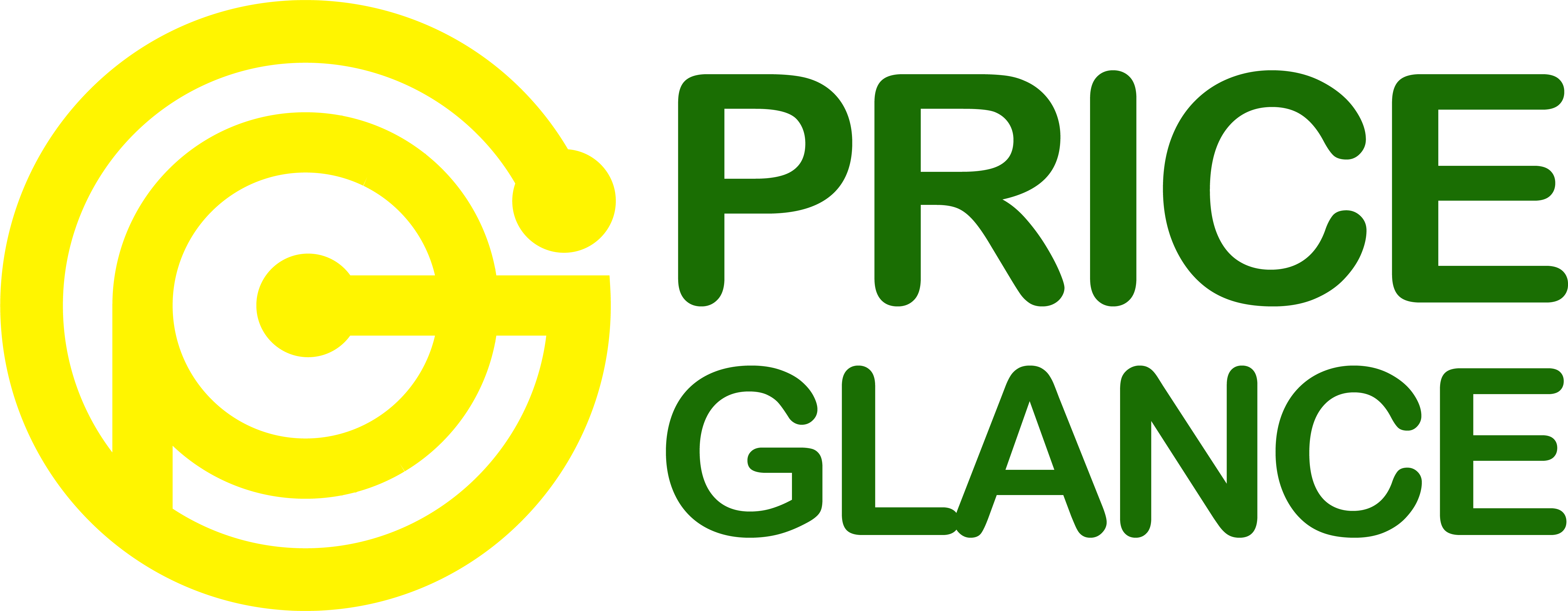
Pricing is one of the most important decisions for any business, and it’s especially important for e-commerce businesses. The right pricing strategy can help you attract new customers, boost sales, and increase profits. However, with so many different pricing strategies available, it can be difficult to know which one is right for your business.
In this article, we’ll discuss the key success factors in retail pricing strategies for e-commerce. We’ll also provide tips on how to develop a pricing strategy that will help you achieve your business goals.
Key Success Factors

Here are the key success factors in retail pricing strategies for e-commerce:
- Understand your target market: What are your customers willing to pay for your products or services? What are their pain points? What are their needs and desires? Once you understand your target market, you can start to develop pricing strategies that will resonate with them.
- Research your competitors: What are your competitors charging for similar products or services? Are they offering any discounts or promotions? It’s important to be aware of what your competitors are doing so that you can price your products competitively.
- Consider your costs: How much does it cost you to produce and sell your products or services? You need to make sure that your prices are high enough to cover your costs and generate a profit.
- Use dynamic pricing: Dynamic pricing is a strategy that allows you to adjust your prices based on real-time market data, such as inventory levels, demand, and competitor pricing. Dynamic pricing can help you maximize profits and improve sales.
- Offer promotions and discounts: Promotions and discounts can be a great way to attract new customers, boost sales, and clear out excess inventory. However, it’s important to use promotions and discounts strategically so that you don’t erode your profits.
Additional Tips
Here are some additional tips for success in retail pricing strategies for e-commerce:
- Use psychological pricing. Psychological pricing is a strategy that uses certain pricing techniques to influence customer behavior. For example, pricing products at $9.99 instead of $10.00 can make customers perceive the product as being less expensive.
- Test different pricing strategies. The best way to find the right pricing strategy for your business is to experiment. Try different pricing strategies and see what works best for your customers and your bottom line.
- Monitor your results. It’s important to monitor your pricing results regularly so that you can see what’s working and what’s not. This will help you make necessary adjustments to your pricing strategy over time.
Conclusion
In conclusion, the world of e-commerce pricing is multifaceted, and success depends on selecting the right strategy for your unique business. It’s essential to continually analyze market conditions, customer behavior, and competition to fine-tune your pricing approach. By applying these proven retail pricing strategies, you’ll be better equipped to navigate the e-commerce landscape and achieve sustainable growth.
